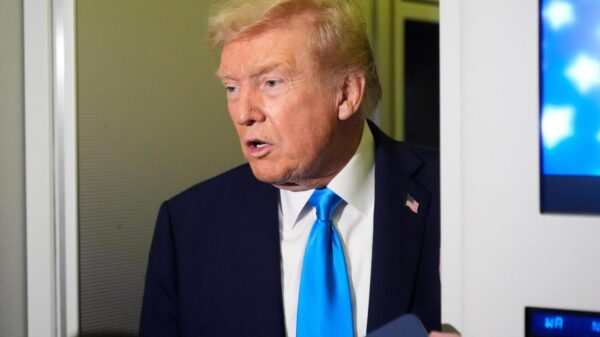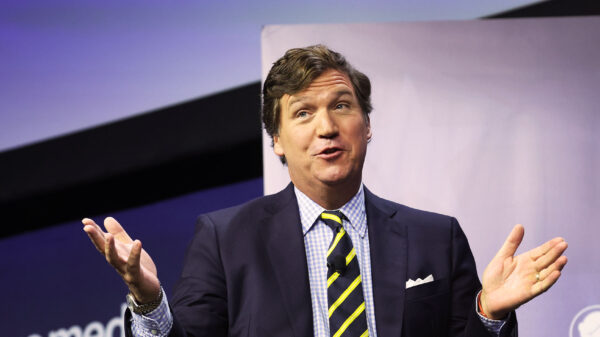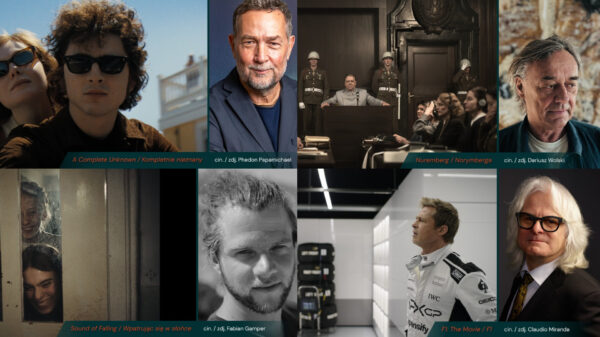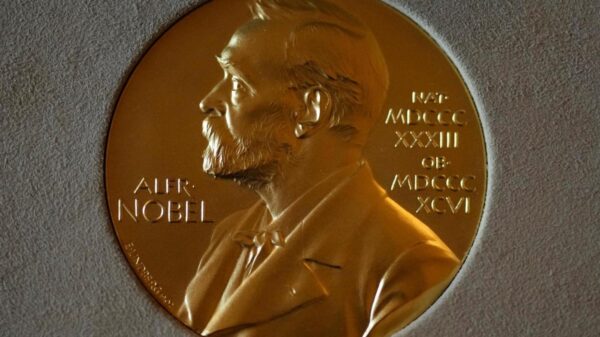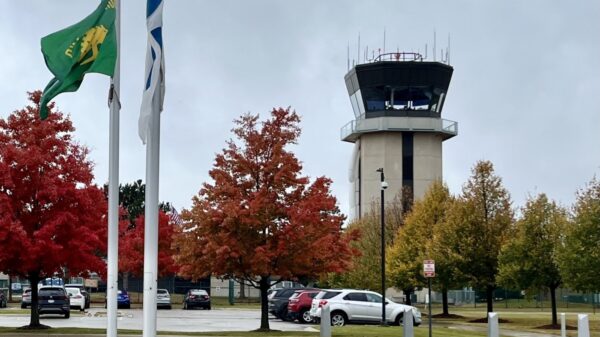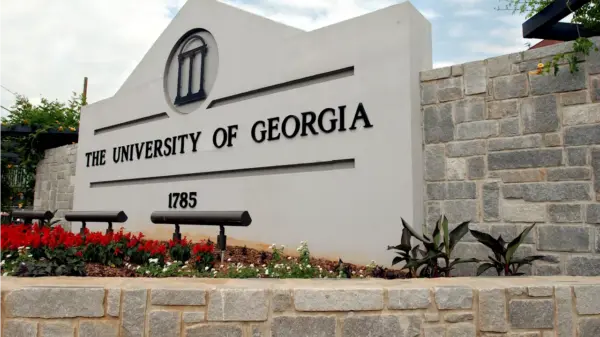In a surprising development, the renovation of the East Wing of the White House has drawn public scrutiny as President Donald Trump proceeds with plans to construct a new ballroom. Critics are questioning the necessity of this project while the President simultaneously seeks the Nobel Peace Prize during his international engagements.
Concerns have been raised about the aesthetic direction of the renovations, particularly regarding the choice of lavish gold ornamentation. Observers have compared this choice to the excesses typically associated with authoritarian regimes, likening it to the opulent decor of a “tinpot dictator’s palace” or a “Russian oligarch’s mansion.” Such comparisons evoke historical references, notably to the extravagant style of the Palace of Versailles, which housed a monarchy that ultimately fell from grace.
Public Architecture and Cultural Reflection
Traditionally, public architecture is seen as a reflection of societal values. The White House is emblematic of neoclassical design, reminiscent of the democratic ideals of ancient Athens and the Roman Republic. This architectural style evokes a sense of stability and governance, contrasting sharply with the flamboyant designs favored by some modern leaders.
As renovations progress, critics like Drew Magill from Sugarloaf have expressed discontent, suggesting that the changes reflect a personal vision rather than the collective values of the American public. Magill described the current direction as a “rococo inferno,” asserting that such aesthetics are outdated and inappropriate for a national landmark.
In his letter, Magill remarked on the implications of Trump’s choices, suggesting they could be indicative of deeper psychological motivations, possibly referencing the President’s penchant for long red neckties as a symbolic gesture of compensation. This sentiment underscores a broader concern about the motivations behind such extravagant expenditures at a time when many Americans face pressing economic challenges.
The Future of the East Wing
The ongoing renovations will not only alter the physical space of the East Wing but may also influence public perception of the presidency. As the project continues, the debate over its necessity and appropriateness is likely to intensify. With public architecture serving as a canvas for cultural expression, the outcome of this renovation will resonate well beyond the walls of the White House.
As the country watches closely, the intersection of personal ambition and public responsibility remains a focal point of this unfolding narrative. The question persists: what does the future hold for the East Wing, and how will it reflect the values of a nation in transition?







